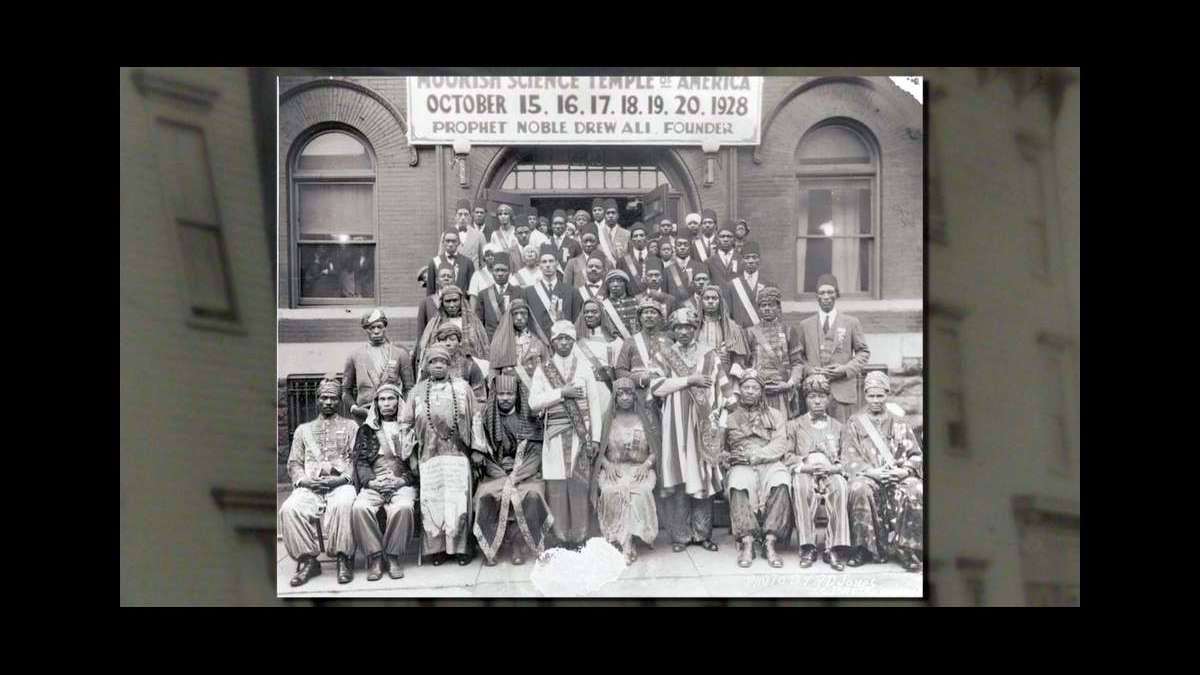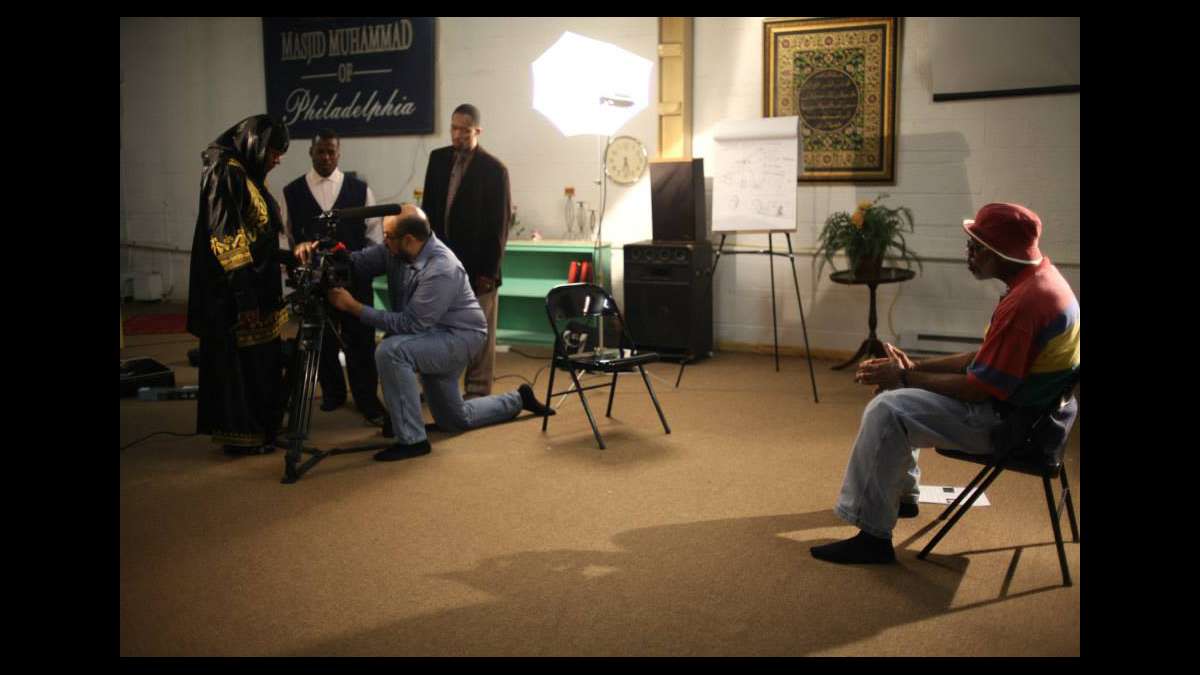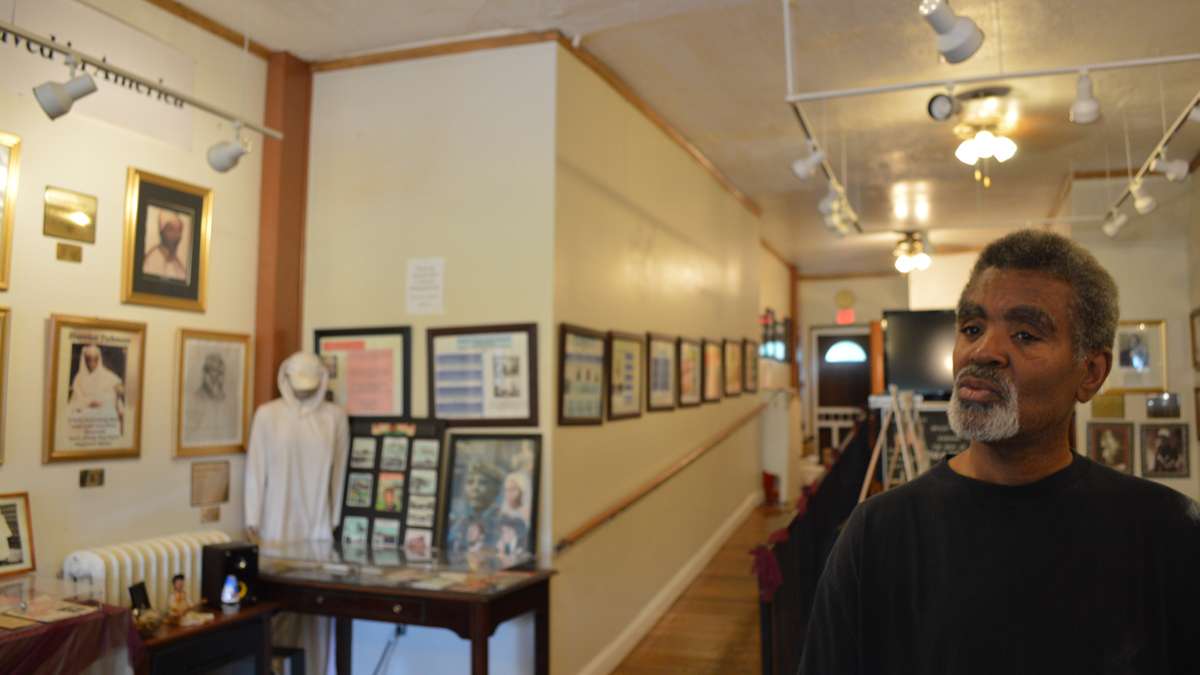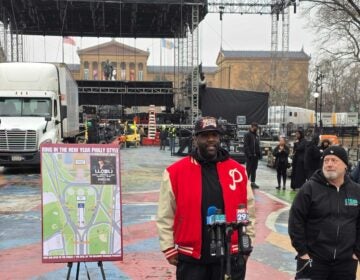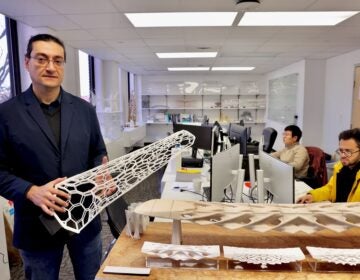Ambitious web of Philly region’s bike trails gradually taking shape
Connect the Circuit, the ambitious plan to complete a 720-mile web of bike trail throughout the Philadelphia region, is two years under way, and far from finished.
There are now 275 miles of segmented bike trail in the area. Thirty miles have been added since the project began.
“We think that’s good progress, ” said Sarah Clark Stuart, Deputy Director of the Philadelphia Bike Coalition.
“We want the region to do about 18 miles per year. Spread out across the region, that’s two miles per county, that’s doable.” Stuart said. “That kind of rate of completion is what would get us a completed network by 2040.”
Thirty more miles of trail are either in final design or construction phase now, and will be completed within two years.
There are approximately 75 more projects that are ready for funding and could be built, Stuart estimated.
Her organization is less responsible for the design of trail segments and instead plays a middleman type of role — advocating for more government funding and alerting local municipalities when project grants become available.
Money for the project is a mixed bag of federal, state and regional funds, and not always easy to get, according to Chris Linn, manager of circuit development for the Delaware Valley Regional Planning Commission.
“Federal funding is always very competitive for transportation projects,” said Linn. “There are a lot of competing needs across the region. At the same time, we recognize that building a multimodal transportation system is key for the health of the region.”
About a dozen segments of Connect the Circuit are on a list of regionally agreed upon priority projects, called the Transportation Improvement Program, that are due to be completed in the next 12 years with federal aid.
There are 18 grants currently listed on the Connect the Circuit website that local municipalities and counties, which are ultimately responsible for the construction of trails, can apply for.
“Trail development activities are often opportunistic,” said Linn. “We have to wait until a road project is being done that might present an opportunity to build a side path. Or right-of-way becomes available as a county acquires land. Or a redevelopment project takes place, and the developer includes the trail as part of the project.”
There have been a few key additions to the circuit network, including the Schuylkill River Boardwalk, which will connect the path from Locust Street to the South Street Bridge and make that trail nearly seamless up to Valley Forge. A segment of the Chester Valley trail is complete, and the Manayunk Bridge is close.
Connecting the disjoined trail that runs along the Delaware waterfront is also a high priority. The Central Delaware Waterfront 5 trail, which currently ends in the middle of a Walmart parking lot just north of Pier 68 in South Philadelphia, will be extended further south by next year as part of that pier’s restoration project.
“Building a big bike trail with 750 miles in it takes a lot of time and a lot of effort,” said Philadelphia’s Deputy Mayor for Commerce and Economic Development Alan Greenberger. “There’s a lot of discussion that happens outside the public view to figure out the logistics and mechanics of how you do these things.”
As to when cyclists in the region will begin to feel the effect of Connect the Circuit, before 2040, Linn said it was hard to say.
“Depending on where you are and which project you’re using, there are some significant projects that have come online that will really change users view of the system and the destinations it allows them to access,” said Linn.
WHYY is your source for fact-based, in-depth journalism and information. As a nonprofit organization, we rely on financial support from readers like you. Please give today.




